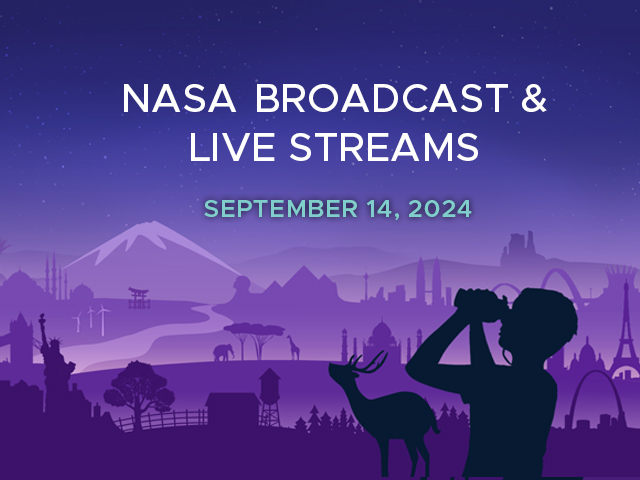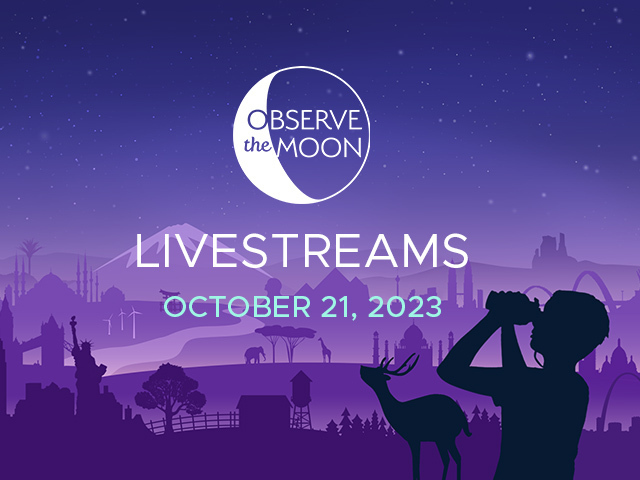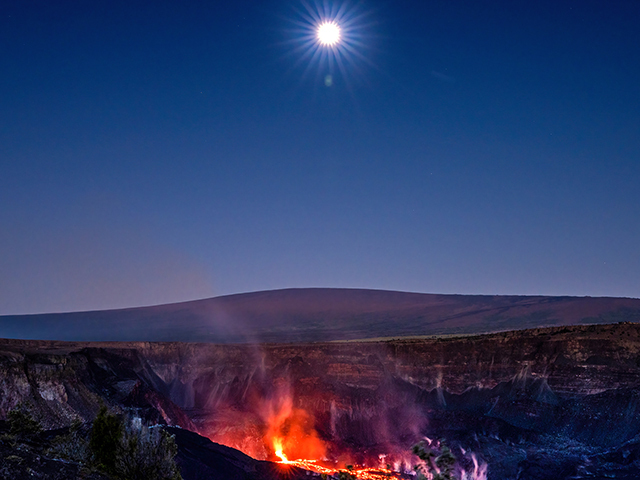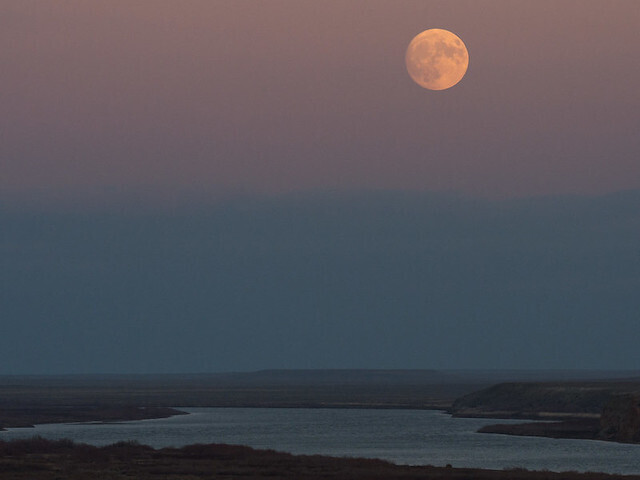News | May 2, 2022
What You Need to Know about the Lunar Eclipse
Lee esta historia en español aquí
What is a lunar eclipse?
A lunar eclipse occurs when the Sun, Earth, and Moon align so that the Moon passes into Earth’s shadow. In a total lunar eclipse, the entire Moon falls within the darkest part of Earth’s shadow, called the umbra. When the Moon is within the umbra, it will turn a reddish hue. Lunar eclipses are sometimes called “Blood Moons” because of this phenomenon.
How can I observe the eclipse?
You don’t need any special equipment to observe a lunar eclipse, although binoculars or a telescope will enhance the view and the red color. A dark environment away from bright lights makes for the best viewing conditions.
The eastern half of the United States and all of South America will have the opportunity to see every stage of the lunar eclipse. Totality will be visible in much of Africa, western Europe, Central and South America, and most of North America.
What if it’s cloudy or I’m not in the viewing region?
NASA will feature livestreams of the eclipse from locations across the globe! We’ll also host an episode of NASA Science Live, from 11 p.m. – 12 a.m. ET. Watch at one of the following locations and ask your lunar eclipse questions using #AskNASA on social media.Watch on Facebook | YouTube | NASA Television | NASA.gov/live
What can I expect to observe?
| UTC (May 16) | EDT (May 15-16) | PDT (May 15) | Milestone | What’s Happening? |
| 1:32 | 9:32 p.m., May 15 | --- Moon not yet visible | Penumbral eclipse begins | The Moon enters the Earth’s penumbra, the outer part of the shadow. The Moon begins to dim, but the effect is quite subtle. |
| 2:27 | 10:27 p.m. | --- Moon not yet visible | Partial eclipse begins | The Moon begins to enter Earth’s umbra and the partial eclipse begins. To the naked eye, as the Moon moves into the umbra, it looks like a bite is being taken out of the lunar disk. The part of the Moon inside the umbra will appear very dark. |
| 3:29 | 11:29 p.m. | 8:29 p.m. | Totality begins | The entire Moon is now in the Earth’s umbra. The Moon will turn a coppery-red. Try binoculars or a telescope for a better view. If you want to take a photo, use a camera on a tripod with exposures of at least several seconds. |
| 4:53 | 12:53 a.m., May 16 | 9:53 p.m. | Totality ends | As the Moon exits Earth’s umbra, the red color fades. It will look as if a bite is being taken out of the opposite side of the lunar disk as before. |
| 5:55 | 1:55 a.m. | 10:55 p.m. | Partial eclipse ends | The whole Moon is in Earth’s penumbra, but again, the dimming is subtle. |
| 6:50 | 2:50 a.m. | 11:50 p.m. | Penumbral eclipse ends | The eclipse is over. |
What else can I see tonight?
The Moon will be in the constellation Libra. Here are some more skywatching tips for the month of May.
Why does the Moon turn red during a lunar eclipse?
The same phenomenon that makes our sky blue and our sunsets red causes the Moon to turn red during a lunar eclipse. It’s called Rayleigh scattering. Light travels in waves, and different colors of light have different physical properties. Blue light has a shorter wavelength and is scattered more easily by particles in Earth’s atmosphere than red light, which has a longer wavelength.
Red light, on the other hand, travels more directly through the atmosphere. When the Sun is overhead, we see blue light throughout the sky. But when the Sun is setting, sunlight must pass through more atmosphere and travel farther before reaching our eyes. The blue light from the Sun scatters away, and longer-wavelength red, orange, and yellow light pass through.
During a lunar eclipse, the Moon turns red because the only sunlight reaching the Moon passes through Earth’s atmosphere. The more dust or clouds in Earth’s atmosphere during the eclipse, the redder the Moon will appear. It’s as if all the world’s sunrises and sunsets are projected onto the Moon.
Will any NASA spacecraft observe the eclipse?
NASA’s mission team for the Lunar Reconnaissance Orbiter (LRO), NASA’s spacecraft in orbit around the Moon, will turn the instruments off during the eclipse. The spacecraft is solar-powered, so LRO will power down to preserve its battery while the Moon is in shadow.
The Lucy spacecraft, currently on its journey to study Jupiter’s Trojan asteroids, will turn its gaze toward its home planet to observe a portion of the five-hour long eclipse – from just before the penumbral eclipse to just before the end of totality. The mission team plans to capture a view of both the Earth and the Moon with the high-resolution imager, L’LORRI. Since the spacecraft will be 64 million miles away and uses the Deep Space Network, it will likely take a few weeks to download and process the images. Follow @NASASolarSystem for updates on the Lucy mission.






